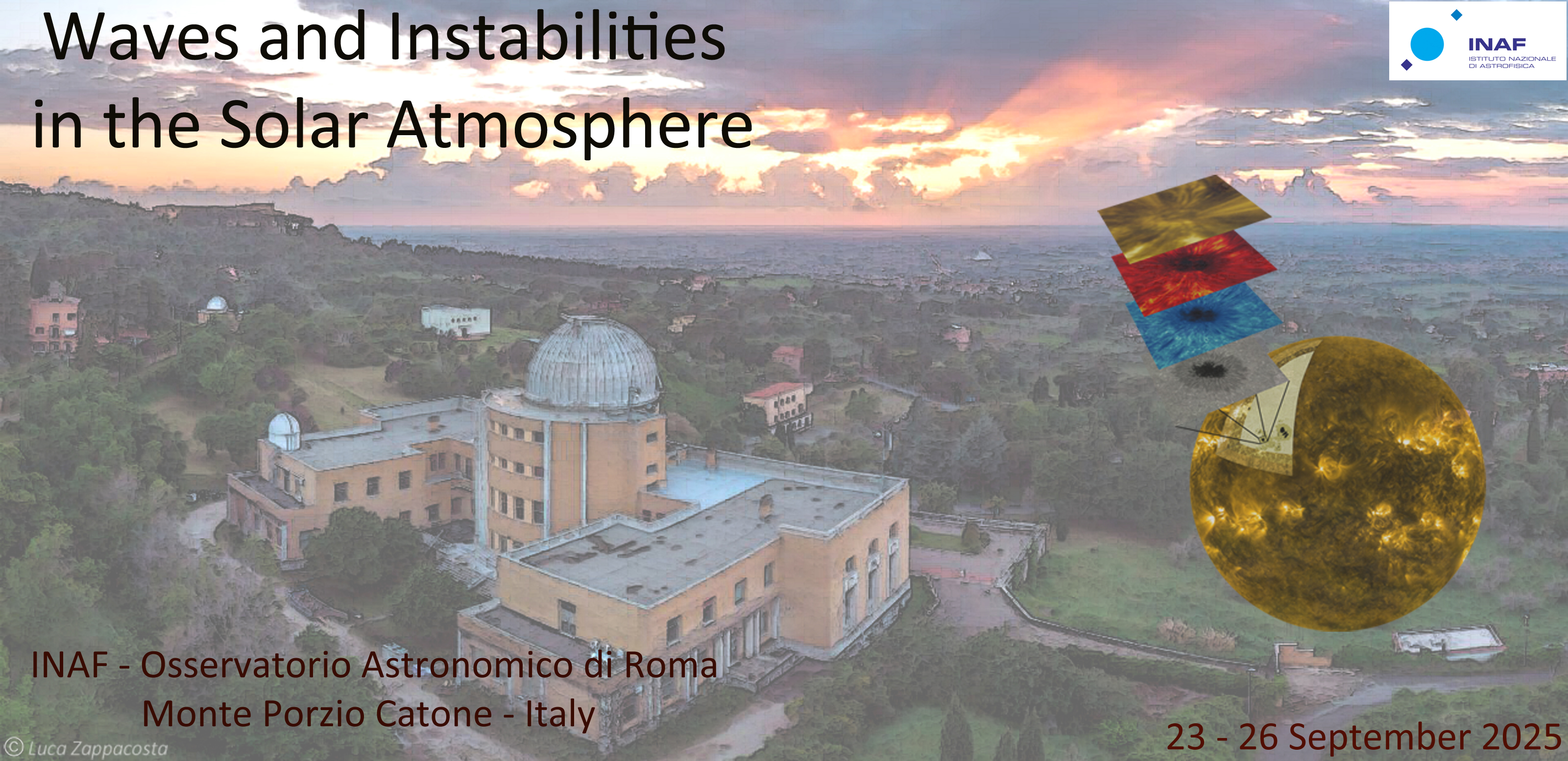Speaker
Description
The plages are strong magnetic field regions, and they frequently appear as bright intensity patches (in the chromosphere) around sunspots. The high-resolution spectroscopic observations are used from the Interface Region Imaging Spectrograph (IRIS), and magnetic field observations from Helioseismic and Magnetic Imager (HMI) are used to diagnose the waves in an active-region (AR) plage. We have deduced the Doppler velocity time-series from some spectral lines (e.g., Fe I, Mn I, Mg II k2r, Mg II k2v, Mg II k3), and these lines are forming at different heights from the photosphere to the chromosphere. The wavelet analysis is applied to the deduced doppler velocity time series to estimate global wavelet power (GWP) from each spatial location of the solar plage. Further, we exclude those periods from GWS that have the wave power less than the 95% significance level, and then, the first and last periods of the GWS spectrum are termed as the minimum and maximum periods, respectively. Next, we estimate the dominant (first peak) period of the GWS spectrum, i.e., a period corresponding to the maximum power peak. Note that around half of the spatial locations of the solar plage have one more peak, therefore, we estimate the period corresponding to the second peak in GWS, i.e., the second peak period. We estimate the minimum period, maximum period, first peak period, and second peak period from each location of solar plage, and produced histograms for each category of these periods. Through this methodology, we estimate the mean period and standard error for each category of periods. It is found that the mean of the minimum, first peak, and second peak periods are decreasing linearly with height. While the mean of the maximum period does not show any correlation with the atmospheric height. We further investigated the relationship of these periods with the strength of the magnetic field, and it was found that these periods increase with the strength of the magnetic field.
| Sessions | Wave generation, energy transport, dissipation and heating |
|---|

